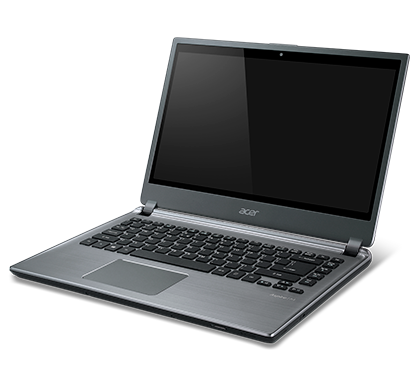The Nexus 10 uses a micro-USB port to charge it, and that is obviously not a very efficient way to charge a powerful, high-end tablet. Charging the Nexus 10 overnight will not be a problem, but if you're in a hurry, you're in trouble.
Why might the Nexus 10 be the next top Android tablet? Well, maybe because it has a beautiful screen, with a display sharper than most tablets, and is probably the most comfortable 10-inch tablet to hold in your hand. It's durable enough to survive a drop from a few feet away. It is also the very first Android tablet to run 4.2, which brings with it a ton of new features.
The Nexus 10 has an incrediblely sharp screen display, it is light, convenient, durable, and of course, has the fastest processor of any Android tablet so far. Google's new features are improving and much more diverse.
Though the Nexus 10 might not be better than the newest generations of the iPad, it is still one of the top tablets on the market. If you don't plan on owning an Apple product/device, then the Nexus 10 should be one of your first priorities.

Design
The Nexus 10 is an excellently designed 10-inch tablet, and only weighing in at 1.33 pounds. Due to its light weight and its rounded edges, the Nexus 10 doesn't dig into your palms when your holding it. The back feels grippy and comfortable to hold, and as a bonus, also acts like protection for the Nexus 10 itself.
On the left side of the device is the headphone jack and micro-USB charging port. And, on the left corner is is the power/lock button and volume buttons. Lastly, on the right edge, is the micro-HDMI port, with a Pogo Pin charger on the bottom edge.
Along the top of the tablet's back is a textured strip, which is also removable. Sitting in the center of the textured strip is a rear-facing 5-megapixel camera, next to an LED flash and a mic. And on the front, in the middle of the top bezel sits the 1.9-megapixel front-facing camera and a light sensor. Of course, smack in the middle back of the Nexus 10 is the Nexus logo.
Hardware
-1.7 GHz dual-core Exynos 5250 CPU
-Mali T-604 graphics processor
-2GB of RAM
-support for 802.11 b/g/n (2.4 GHz and 5 GHz), MIMO Wi-Fi, Bluetooth 4.0, GPS, and NFC
-Gyroscope, barometer, accelerometer, digtal compass
Screen
The Nexus 10's PLS display is the best by far on any Android tablet and its amazing to look at. Truthfully, it is difficult to see a difference between the Nexus 10's beautiful display and the new iPad's 2048x1536-pixel Retina Display. Images are sharp on both tablets, and it can be hard to distinguish which one is clearer dispite the fact that the Nexus 10's display is a 2560x1600-pixel resolution.

Performance
The Nexus 10 is the fastest Android tablet so far. Navigating menus and opening apps shouldn't be a problem for you, and keeping up the constant speed of its performance and its high-resolution display shows the power of its Exynos processor.
Screen responsiveness has been built to be incredibly accurate and sharp. Pages and slides scroll by as you swipe and taps are almost never accidentally misread. Typing is also much more accurate than other tablets, including the iPad. Because of its size, the Nexus 10 gives your fingers more freedom.
The tablet charges by using a micro-USB port, and though it charges fine, its very, very slow. The charger has a hard time keeping up charging enough battery for you to play certain graphic-intense games, like Riptide GP and/or N.O.V.A. 3.
Conclusion
The Nexus 10 is an incredible Android tablet, even though it does has some troublesome issues, such as using a micro-USB port for charging. You'll probably want an iPad instead, but if you're going for Android, this could be perfect for you. Though you might want to get an Asus Transformer Infinity instead, the Nexus 10 is still superior in design, comfort and performance.





